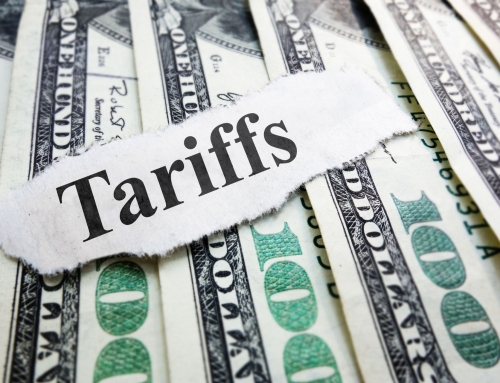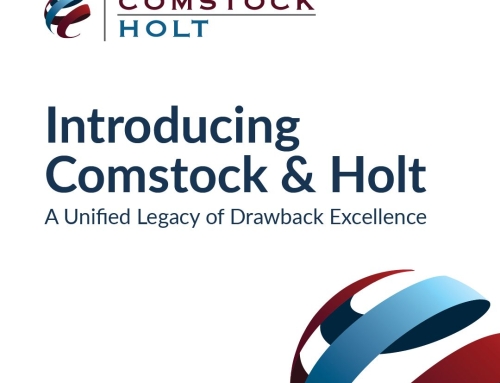In April of this year, Congresswomen Beth Van Duyne (R-TX) and Terri Sewell (D-AL) introduced legislation that could have an enormous impact on the drawback community. The legislation—House Resolution 7864—was referred to the House Ways & Means Committee for further review. The bill impacts two different areas within the drawback statute. First, the text of the bill would eliminate the current language in 19 U.S.C. 1313(j)(5), which currently says,
(5)(A) For purposes of paragraph (2) and except as provided in subparagraph (B), merchandise may not be substituted for imported merchandise for drawback purposes based on the 8-digit HTS subheading number if the article or description for the 8-digit HTS subheading number under which the imported merchandise is classified begins with the term “other”.
(B) In cases described in subparagraph (A), merchandise may be substituted for imported merchandise for drawback purposes if-
- (i) the other merchandise and such imported merchandise are classifiable under the same 10-digit HTS statistical reporting number; and
- (ii) the article description for that 10-digit HTS statistical reporting number does not begin with the term “other”.
In short, if the HTS article description begins with “other” at 8-digits, then the claimant needs to refer to the 10-digit HTS; if the 10-digit HTS also starts with “other,” then Unused Merchandise Substitution Drawback cannot be claimed under 19 U.S.C. 1313(j)(2). The elimination of this language in its entirety would allow for a liberalization of drawback opportunities at the 8-digit HTS level regardless of the HTS article description, which has limited drawback claimants since the introduction of TFTEA in 2016.
Second, the bill creates new language for 19 U.S.C. 1313(j)(5) to replace the current language. The new language as currently constructed says,
(5)(A) For purposes of paragraphs (1)(B) and (2)(C), merchandise shall be considered as not having been used within the United States if the merchandise is-
- (i) returned to inventory;
- (ii) commingled with merchandise that has not been used within the United States; and
- (iii) treated in the normal course of business without distinction from unused merchandise.
(B) Merchandise described in subparagraph (A) is not eligible for drawback under subsection (c)(1)(C)(ii).
This new language allows for retailers to claim drawback on export inventory that includes merchandise returned from a customer, which is routine in today’s e-commerce and brick-and-mortar retail environment. By placing the language in this part of the statute, companies would be able to obtain unused merchandise drawback when returned merchandise is treated as unused and commingled in inventory with other unused merchandise.
As trade legislation is reviewed daily in Congress, momentum may be building for a trade omnibus bill later this year. All companies that are interested in duty drawback or have existing programs should examine their data and drawback potential to determine how this technical change may impact them. In order to push the momentum forward with this legislation, members of the trade should reach out to respective members of Congress to educate them on why this is important and to seek their support as a co-sponsor. We are actively working with our own client base to provide details and talking points for these submissions and discussions.
The technical correction with this legislation would provide major financial benefits to small, medium, and large businesses, allowing for flexibility, expansion, and growth in a complex global marketplace while promoting exports and American jobs.






